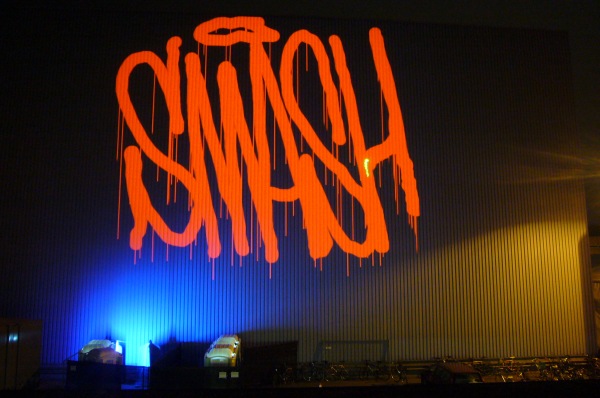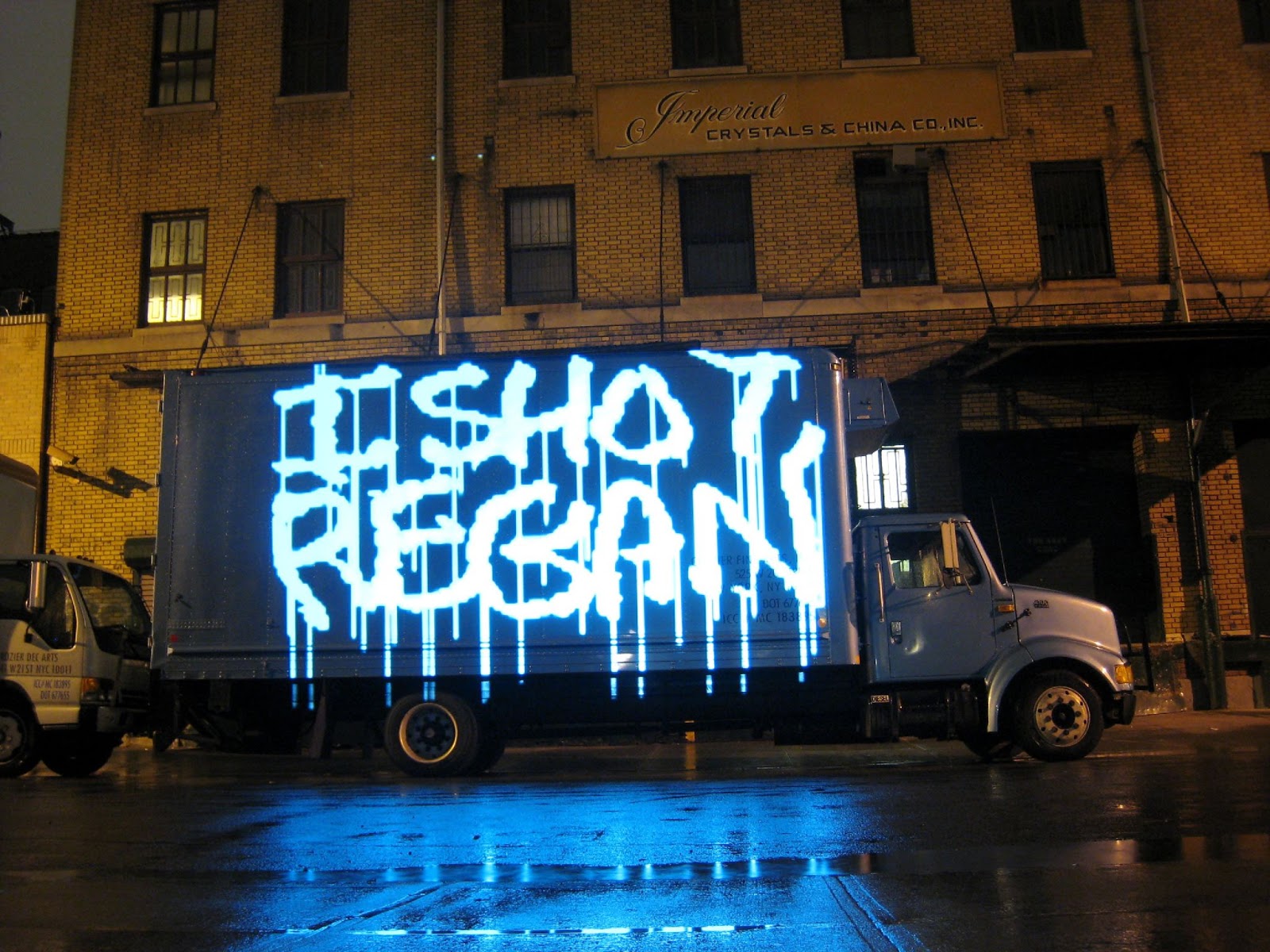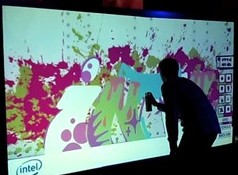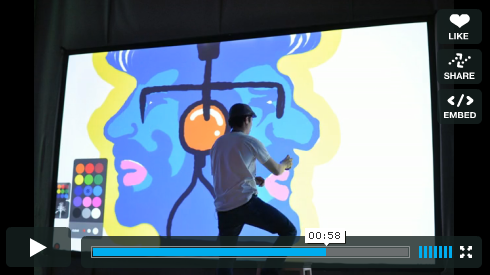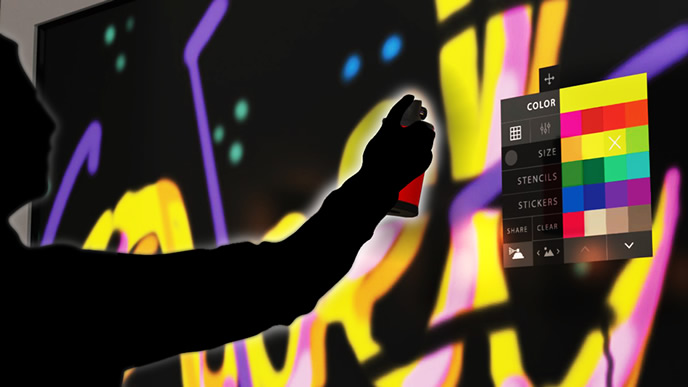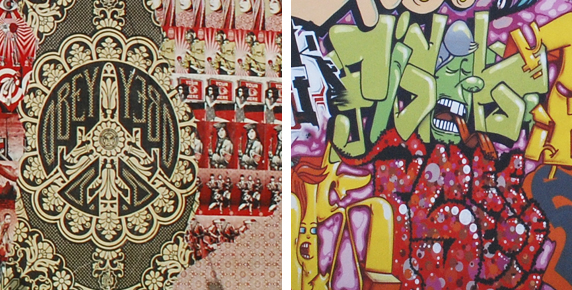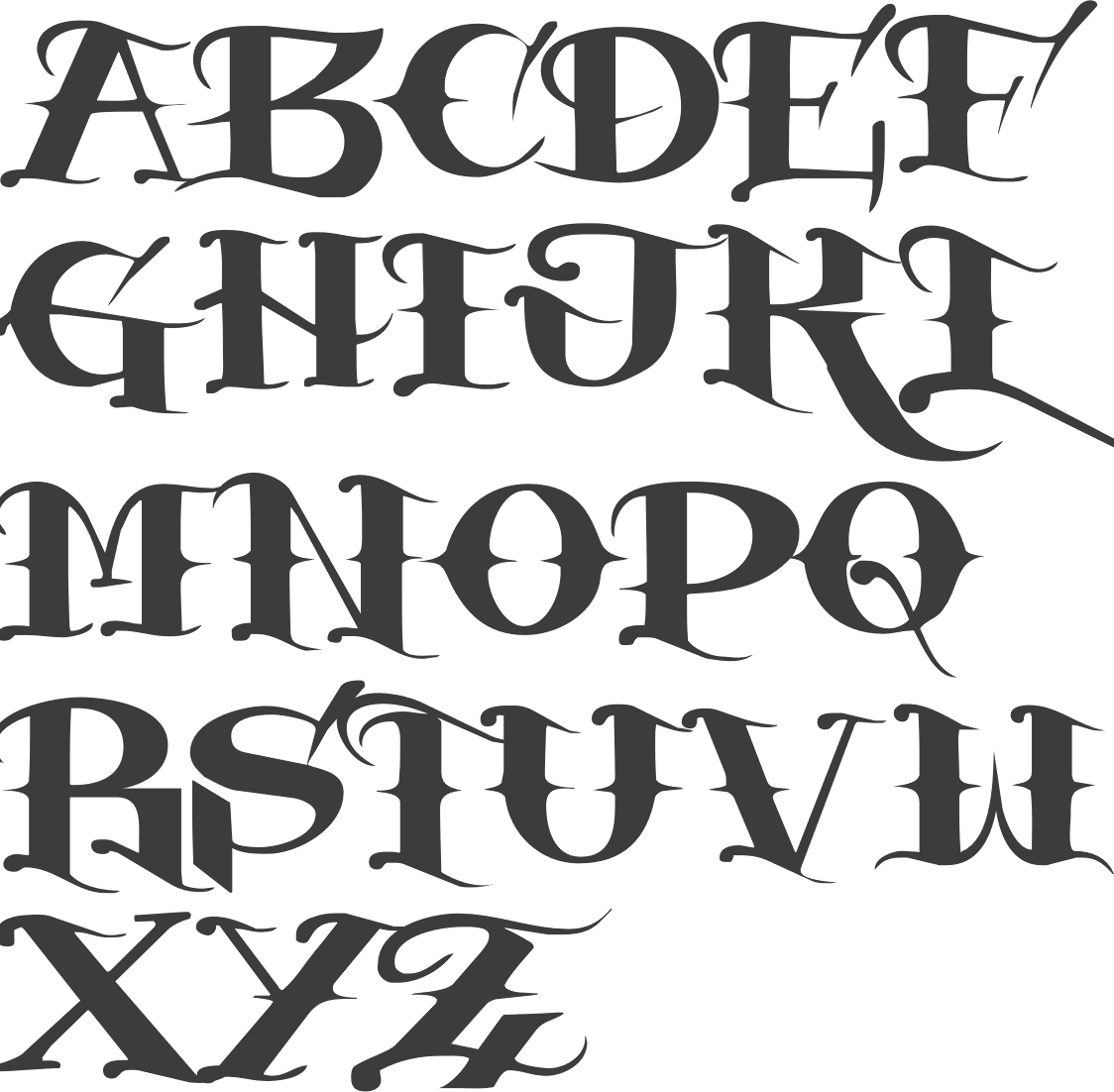There are a lot of interesting ways to use light sources. One way you can use them for is laser graffiti, also know as light painting or light drawing. It is a photographic technique that involves taking photographs at low light and moving the light source or the camera around. This creates long streaks of light in your image and it really can make your photograph stand out. In this article I'll be discussing how it started and what ways there are to use light painting.
Light painting or laser graffiti has been around almost as long as photography does. When you think about photography it basically is light painting because the film or sensor in your camera catches the light bouncing back from different surfaces and this creates the image that you see. One of the earliest and most well-known examples of light painting is Pablo Picasso when he was visited by Gjon Mili. This meeting created the picture that is known as "Picasso draws a centaur in the air."
Let's move on to the different styles of light painting.
The most well-known technique of light painting is moving the light source. This form of painting allows you to create very creative images and it really allows you to let your imagination go. You can write things in the air, draw faces on inanimate objects or draw graffiti on a wall without doing anything illegal. This technique works best at night as there is very little light and you have to use a very long expose to properly light the image.
A second technique is moving the camera itself. This is more commonly known as camera painting and it allows you to create very abstract pictures. The technique involves getting taking your camera of the tripod and using it as the paintbrush.
A third technique is projection. It involves using a projector and a laser pointer to paint on object in real-time. If you are a graffiti artist and are looking for ways to get exposure then this is something for you. All you need to use this technique is a camera, a laptop and a software program called Laser Tag 2.0, which can be download for free. The camera tracks the laser pointer and generates images based on the position of the laser pointer. This allows you to write your tag on buildings, bridges and so on. It isn't permanent but it allows you to write on a much larger scale. Some graffiti artists in Rome have used this Laser graffiti technique to write "I love Roma" across the Colosseum.
These were some of the techniques used to create light paintings or to make laser graffiti. If you are interested in doing laser graffiti yourself you can download the software for free. Good luck with it and maybe we'll be seeing your tag across buildings soon. If you want to know more about how to make your photography stand out check out my blog by clicking the link below.




